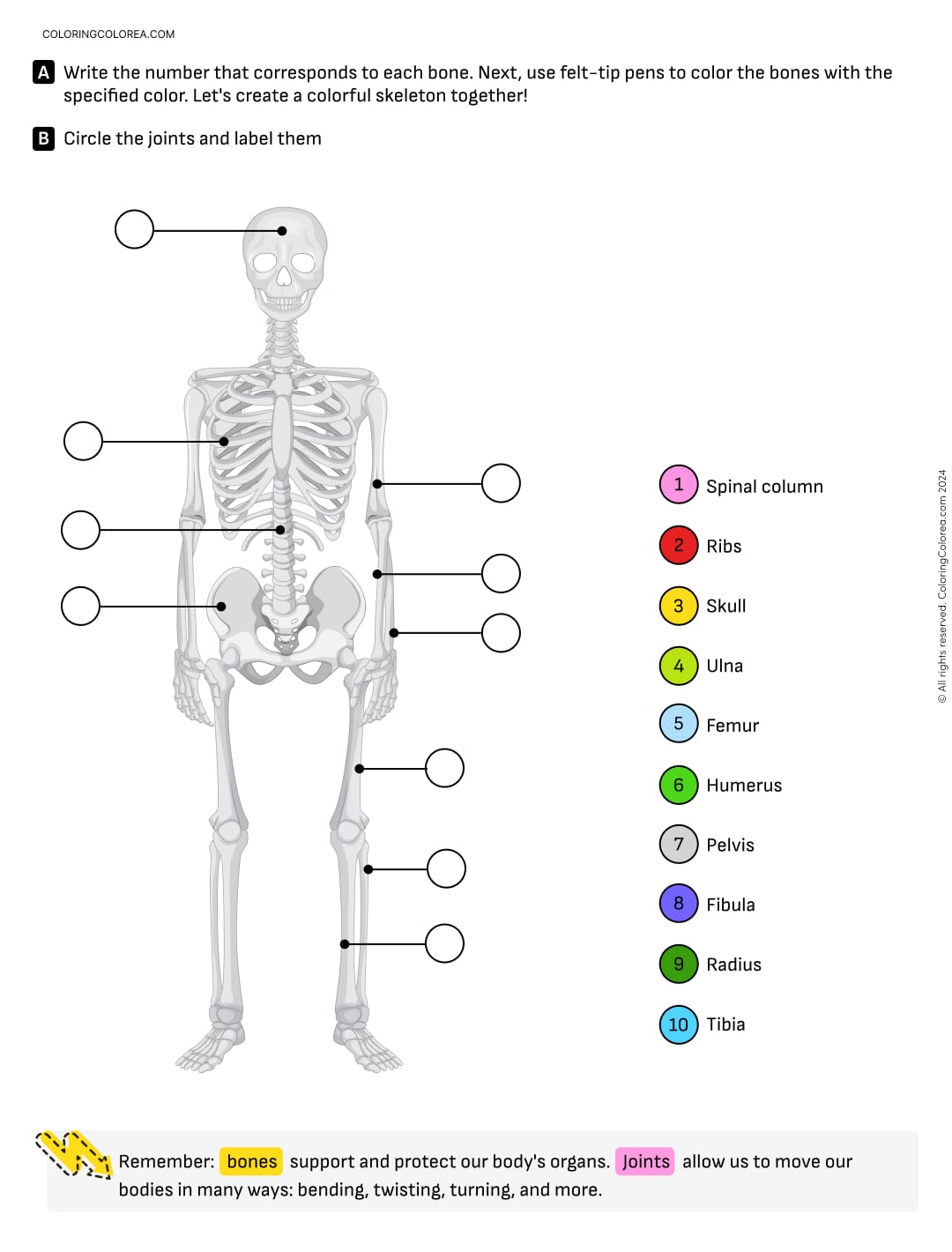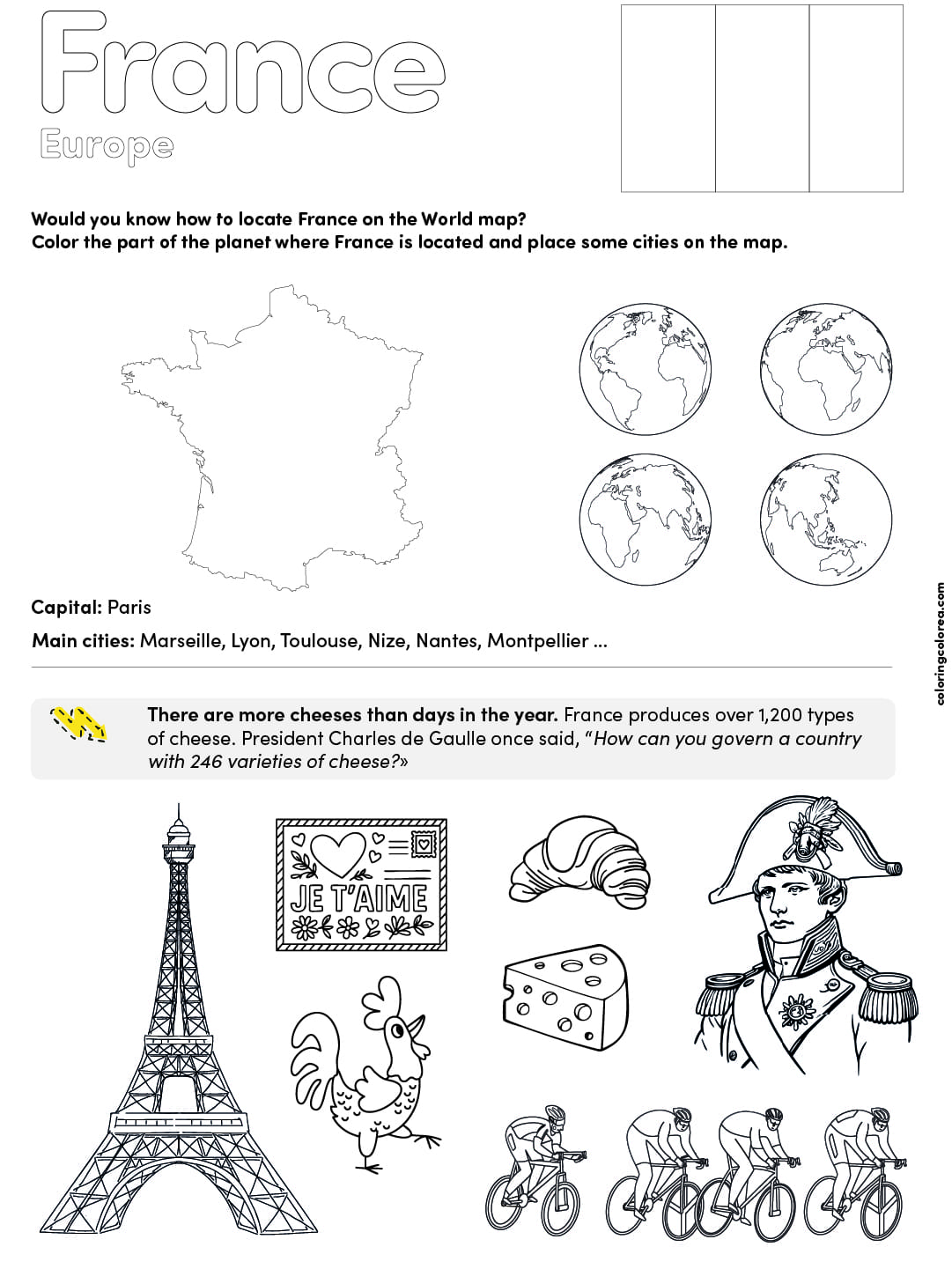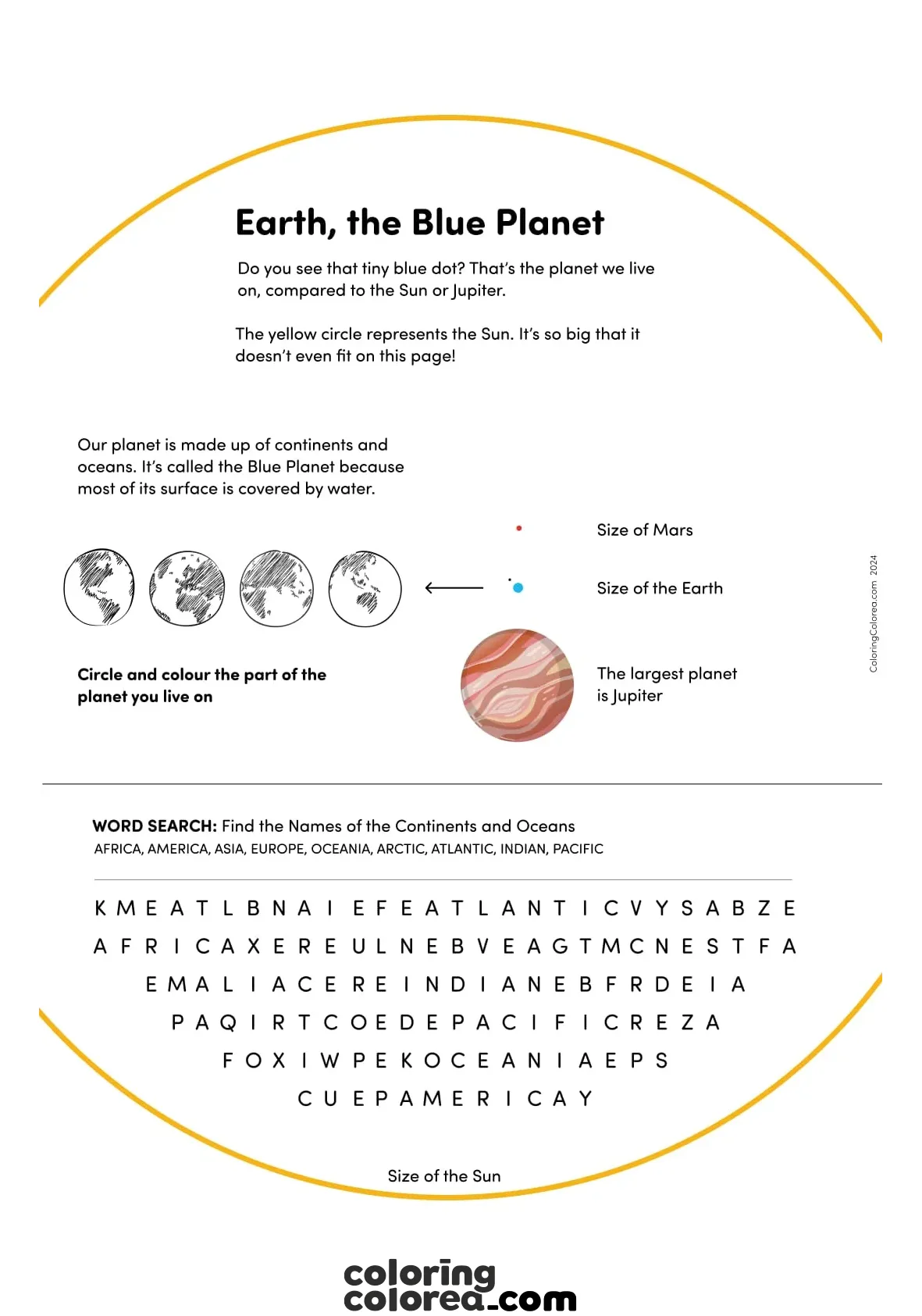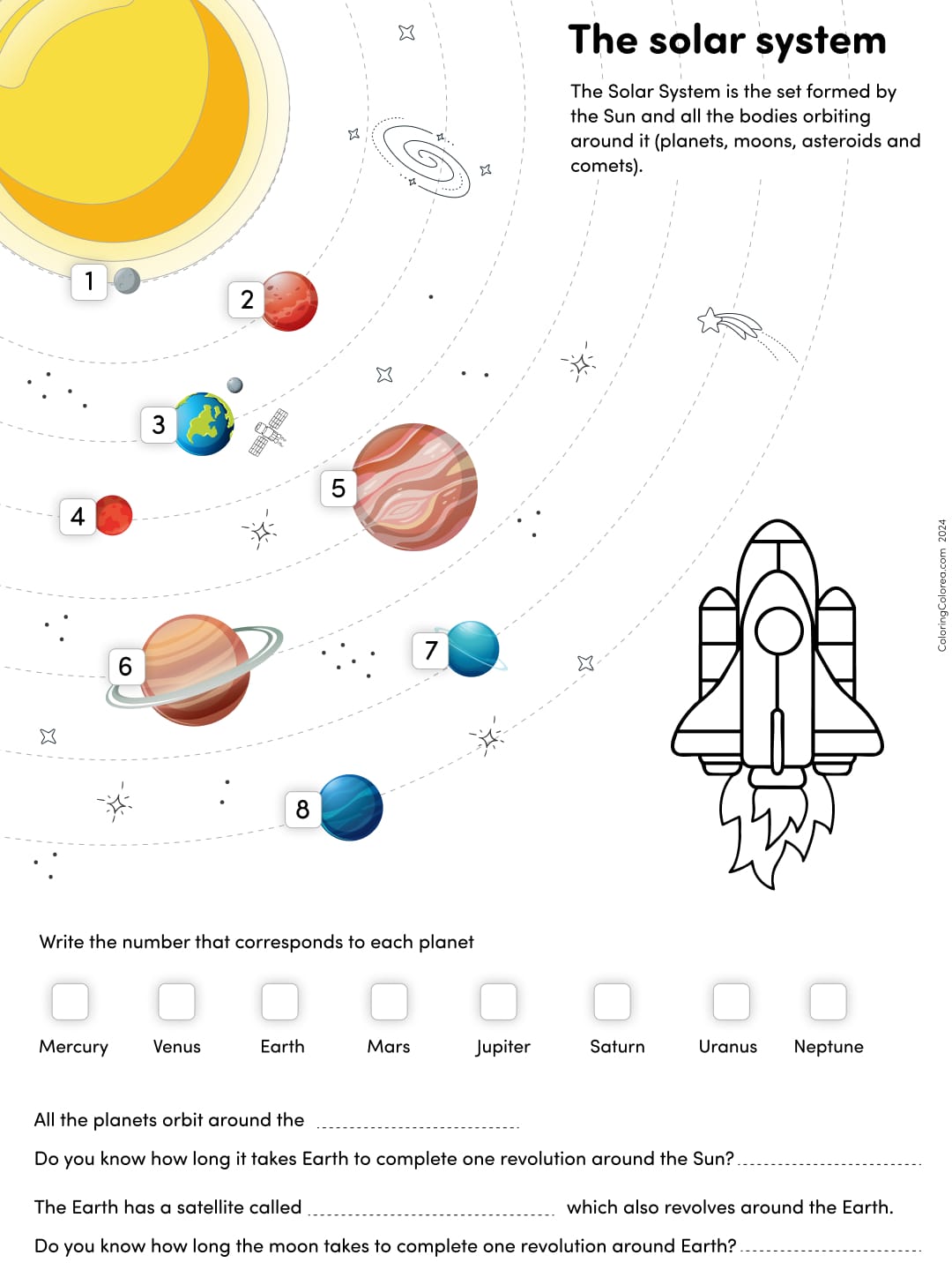Instructions for the worksheet:
- Children should look at the skeleton and color the basic bones on the sheet using the colour code provided.
- They are asked to circle the joints and write their names next to them.
- Through this visual and hands-on exercise, children will learn and remember the basic bones and joints, building a closer connection with their body knowledge.
Skills learned:
With this exercise on the human skeleton, children acquire various key educational skills, adapted to their level of development and understanding. Here is an explanation of some of them:
- Body Awareness and Physical Consciousness: Children learn about the basic parts of the skeleton and joints, which helps them develop an awareness of their own body. Knowing where the main bones and joints are located allows them to better understand how they move and how to protect their body.
- Fine Motor Skills: Coloring and drawing circles around the joints require precision and control, helping to improve hand-eye coordination and fine motor skills, which are essential for writing and other manual activities.
- Observation and Attention to Detail: By coloring each bone according to a color code, children practice careful observation and following instructions. This enhances their ability to notice important details and follow step-by-step guidelines.
- Memory and Retention of Basic Concepts: Identifying and remembering the name of each bone and its location promotes information retention. This introductory activity helps them remember the names of bones and joints, which is the foundation for deeper learning about the human body in later stages.
- Understanding of Structure and Function: By learning that bones support and protect the body, children develop an initial understanding of functional anatomy. This skill is crucial, as it helps them understand the “why” behind the body’s structure, fostering critical thinking.
- Responsibility and Self-Care: Knowing the importance of bones and joints gives them a basis for understanding self-care and personal safety. By knowing that bones and joints are essential for mobility and protection, they can become more aware of how to take care of themselves and avoid injuries.
These skills not only contribute to their general knowledge but also strengthen their cognitive, motor, and social development in an educational context that encourages them to explore and learn about their bodies.








